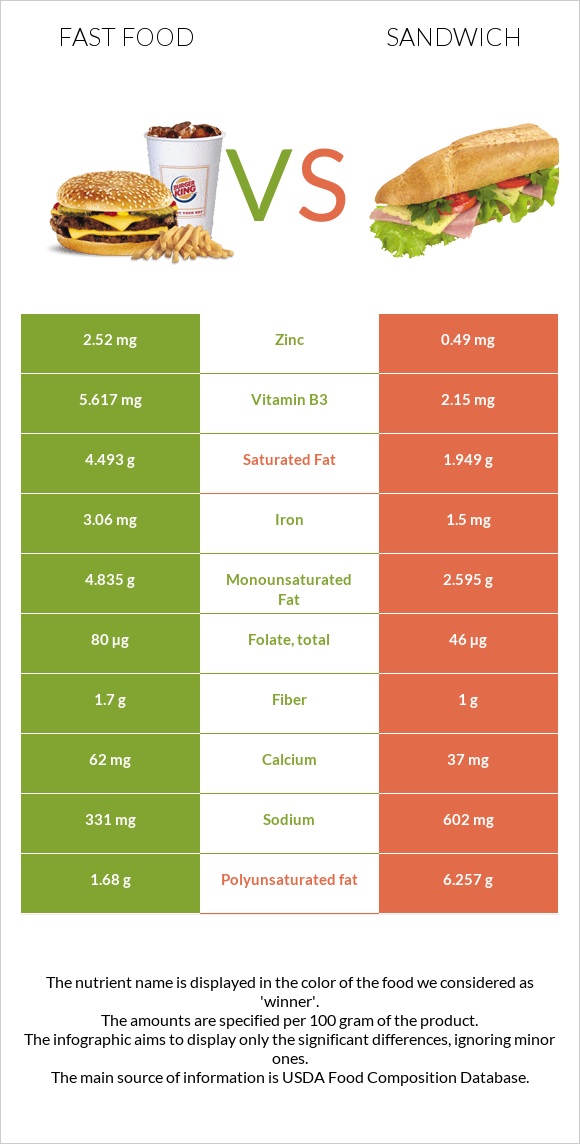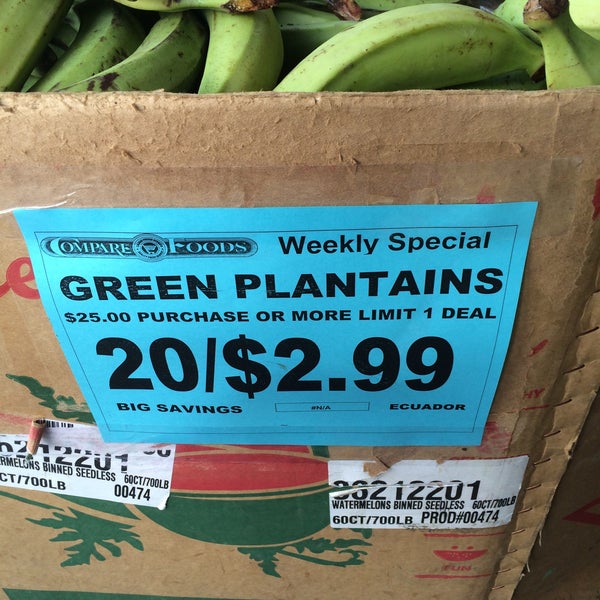

No Daily Reference Value has been established for total sugars because no recommendation has been made for the total amount to eat in a day.Īdded Sugars on the Nutrition Facts label include sugars that are added during the processing of foods (such as sucrose or dextrose), foods packaged as sweeteners (such as table sugar), sugars from syrups and honey, and sugars from concentrated fruit or vegetable juices. Total Sugars on the Nutrition Facts label includes sugars naturally present in many nutritious foods and beverages, such as sugar in milk and fruit as well as any added sugars that may be present in the product. What are Added Sugars and How are they Different from Total Sugars? Consuming too much added sugars can make it hard to meet important nutrient needs while staying within calorie limits. Eating too much saturated fat and sodium, for example, is associated with an increased risk of developing some health conditions, like cardiovascular disease and high blood pressure. They are identified as nutrients to get less of. Saturated fat, sodium, and added sugars are nutrients listed on the label that may be associated with adverse health effects – and Americans generally consume too much of them, according to the recommended limits for these nutrients. Nutrients to get less of: Saturated Fat, Sodium, and Added Sugars.You can use the label to support your personal dietary needs – look for foods that contain more of the nutrients you want to get more of and less of the nutrients you may want to limit. It shows you some key nutrients that impact your health.

That is two times the calories and nutrients shown in the sample label, so you would need to double the nutrient and calorie amounts, as well as the %DVs, to see what you are getting in two servings. If you ate two cups, you would be consuming two servings. In the sample label, one serving of lasagna equals 1 cup. For example, you might ask yourself if you are consuming ½ serving, 1 serving, or more. Pay attention to the serving size, especially how many servings there are in the food package. It’s important to realize that all the nutrient amounts shown on the label, including the number of calories, refer to the size of the serving. It is not a recommendation of how much you should eat or drink. The serving size reflects the amount that people typically eat or drink. Serving sizes are standardized to make it easier to compare similar foods they are provided in familiar units, such as cups or pieces, followed by the metric amount, e.g., the number of grams (g). When looking at the Nutrition Facts label, first take a look at the number of servings in the package (servings per container) and the serving size. Note that these colored sections are not on the actual food labels of products you purchase. In the following Nutrition Facts label we have colored certain sections to help you focus on those areas that will be explained in detail.

The bottom section contains a footnote that explains the % Daily Value and gives the number of calories used for general nutrition advice. The information in the main or top section (see #1-4) of the sample nutrition label (below) can vary with each food and beverage product it contains product-specific information (serving size, calories, and nutrient information). Overview | Serving Information | Calories | Nutrients | The Percent Daily Value (%DV) | Nutrition Facts Label Variationsįor additional resources on the new Nutrition Facts label, visit Overview The following label-reading skills are intended to make it easier for you to use the Nutrition Facts labels to make quick, informed food decisions to help you choose a healthy diet.

COMPARE FOOD HOW TO
But whatever the reason, many consumers would like to know how to use this information more effectively and easily. People look at food labels for a variety of reasons.


 0 kommentar(er)
0 kommentar(er)
